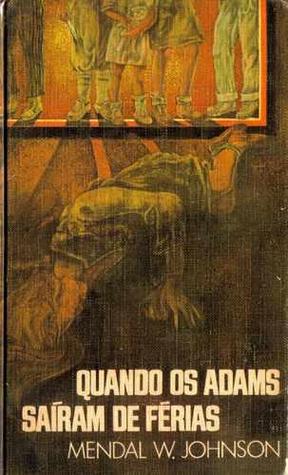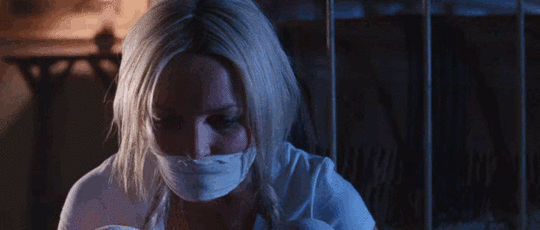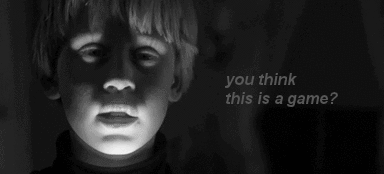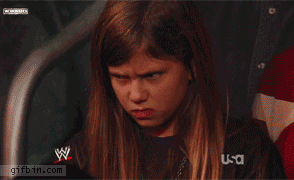What do you think?
Rate this book


277 pages, Hardcover
First published January 1, 1974
“No one can bear to know humans and bear being human.”





yes i am looking at you "the girl next door", which i never really found any profound messages or meaning in it